Author: Grayscale
Compiled by: Luffy, Foresight News
The cryptocurrency research institution Grayscale has released its insights on the cryptocurrency market for the third quarter of 2025, noting that the price returns of six major cryptocurrency sectors were all positive, but the fundamental performance was mixed. Bitcoin lagged behind other sectors, exhibiting characteristics of a partial altcoin season. Grayscale also mentioned three core themes: stablecoin legislation and application rollout, growth in centralized exchange trading volume, and the rise of digital asset treasuries. It also looked ahead to potential drivers and risks for the fourth quarter. The original content is compiled as follows:
TL;DR
- In the third quarter of 2025, the price returns of six major cryptocurrency sectors were all positive, but the fundamental performance was mixed.
- Bitcoin underperformed compared to other cryptocurrency market sectors this quarter, a pattern that can be seen as an altcoin season, but with significant differences from previous cycles.
- The top 20 tokens in the third quarter (based on volatility-adjusted price returns) highlighted the importance of stablecoin legislation and adoption, rising trading volumes on centralized exchanges, and digital asset treasuries (DAT).
All assets in the cryptocurrency space are related to blockchain technology and share the same underlying market structure, but that is where the similarities end. This asset class encompasses a wide range of software technologies, with applications spanning consumer finance, artificial intelligence (AI), media, and entertainment. To achieve market clarity, the Grayscale research team collaborated with FTSE Russell to develop a proprietary classification system called "Cryptocurrency Sectors." This framework covers six independent market sectors (see Chart 1), encompassing 261 tokens with a total market capitalization of $3.5 trillion.
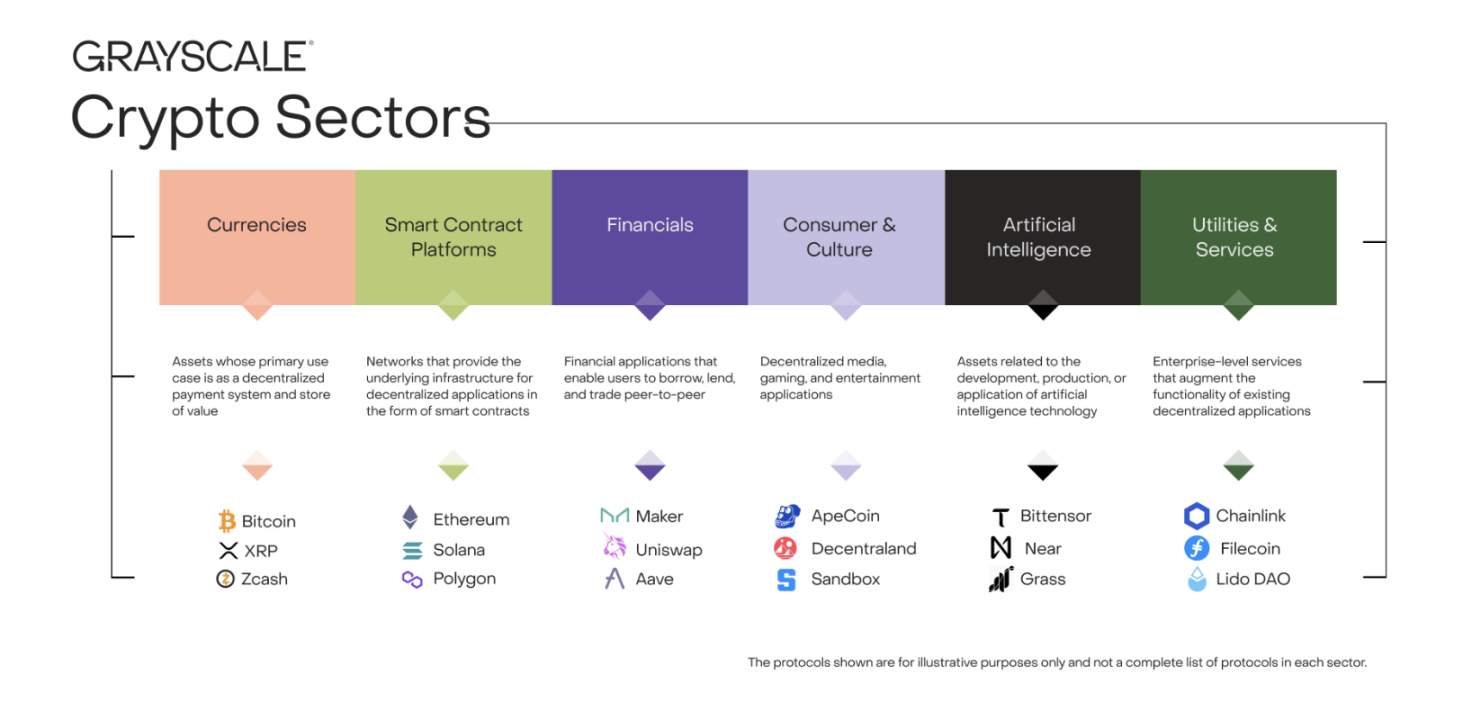
Chart 1: Cryptocurrency Sector Framework
Blockchain Fundamental Metrics
Blockchains are not traditional enterprises, but we can still measure their economic activity and financial health through analogy. The three core metrics for on-chain activity are: user scale, transaction volume, and transaction fees. Due to the anonymity of blockchains, analysts often use active addresses (blockchain addresses that have transacted at least once) as a substitute indicator for user count.
In the third quarter, the fundamental performance of various cryptocurrency sectors was mixed (see Chart 2). On the negative side, the user count, transaction volume, and transaction fees for the "Currency Sector" and "Smart Contract Platform Sector" all declined quarter-over-quarter. Overall, since the first quarter, speculative activity related to meme coins has continued to cool, directly leading to declines in both transaction volume and trading activity.
A noteworthy positive signal is that application layer transaction fees grew by 28% quarter-over-quarter. This growth was primarily driven by a few leading high-fee applications, including: (1) the decentralized exchange Jupiter in the Solana ecosystem; (2) the leading lending protocol Aave in the crypto space; (3) the top perpetual contract exchange Hyperliquid. On an annualized basis, current application layer fee revenue has surpassed $10 billion. The blockchain serves as both a digital transaction network and an application development platform; therefore, the growth in application layer fees can be seen as an important signal of increased blockchain technology adoption.
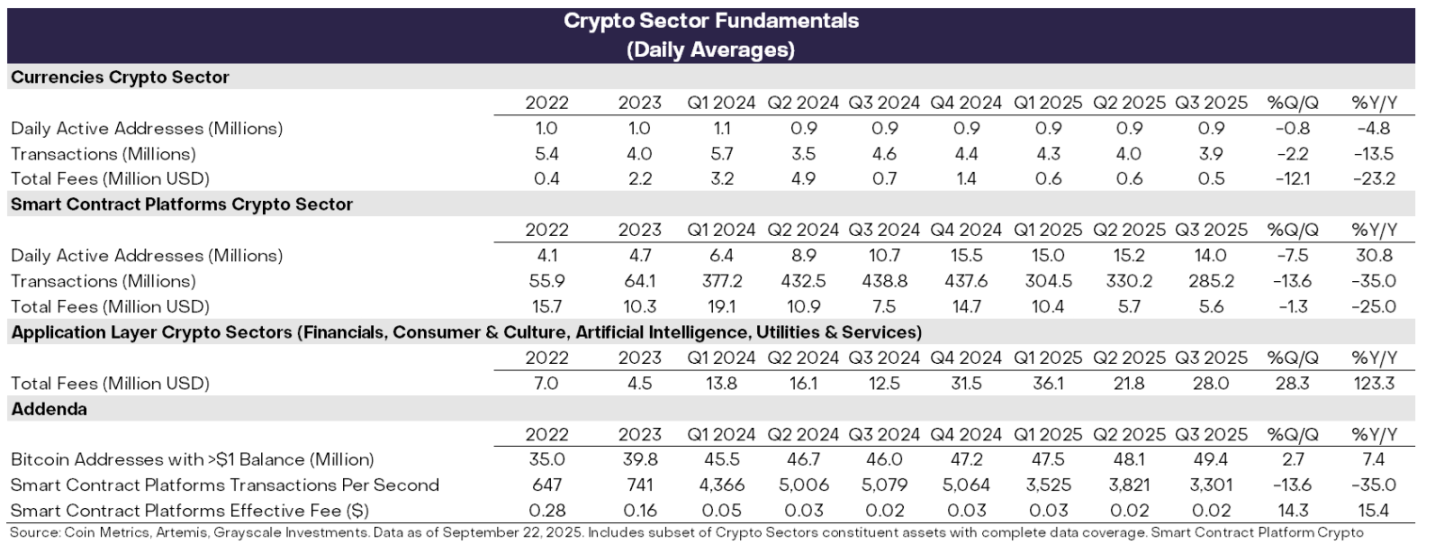
Chart 2: Mixed Fundamental Performance of Cryptocurrency Sectors in Q3 2025
Price Performance Tracking
In the second quarter, the price returns of the six major cryptocurrency sectors were all positive (see Chart 3). This quarter, Bitcoin underperformed compared to other market sectors, and this return pattern can be seen as an "altcoin season," but with significant differences from previous cycles where Bitcoin's dominance declined.
The "Financial Sector" led the market, primarily benefiting from the growth in centralized exchange (CEX) trading volume; the rise of the "Smart Contract Platform Sector" may be related to the advancement of stablecoin legislation and application rollout. Although all sectors achieved positive returns, the "AI Sector" underperformed compared to others, a trend consistent with the lackluster returns of AI-related stocks during the same period; the "Currency Sector" also performed poorly, reflecting Bitcoin's relatively modest price increase.
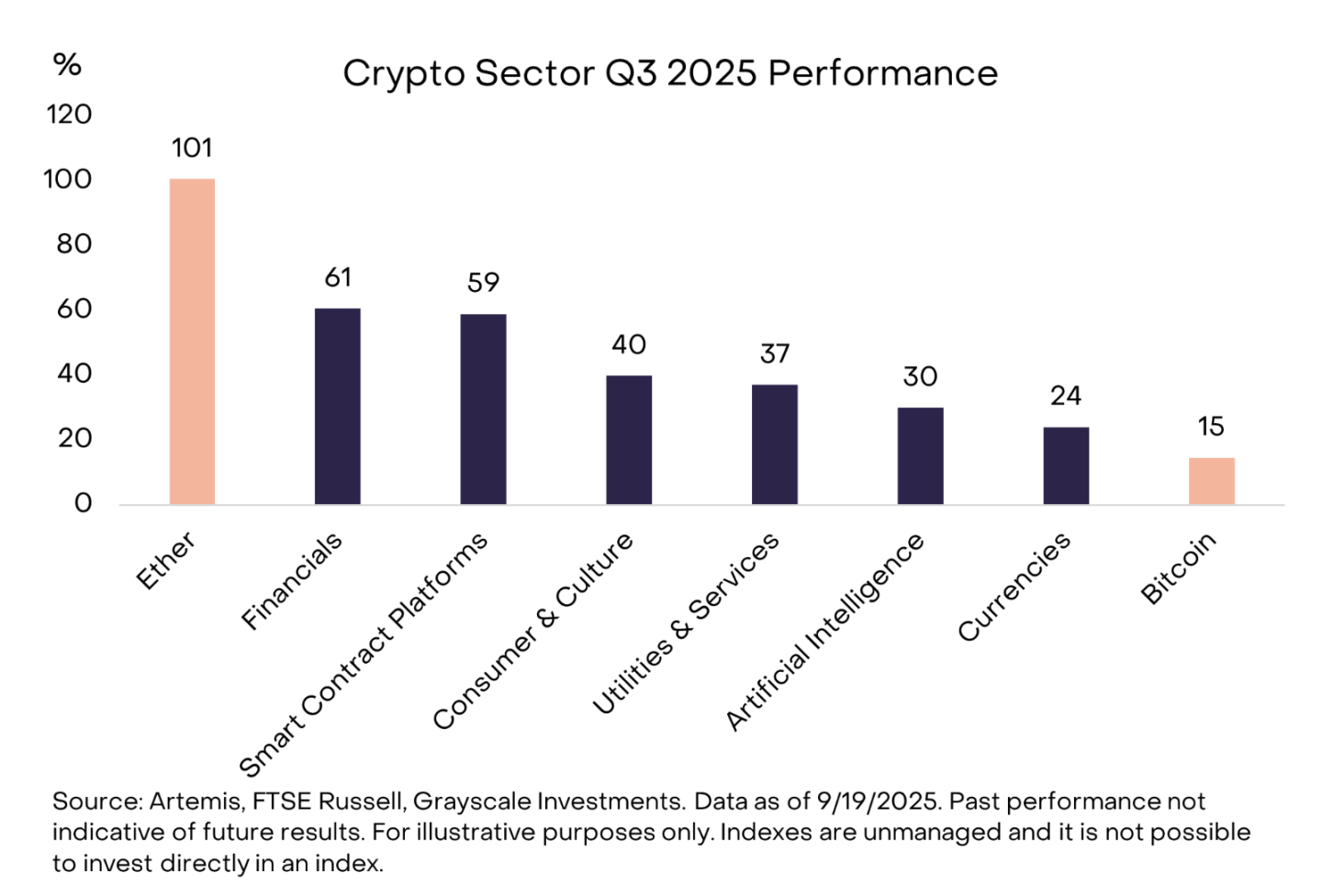
Chart 3: Bitcoin Underperforms Compared to Other Cryptocurrency Market Sectors
The diversity of the cryptocurrency asset class means that the dominant themes and leading sectors in the market often change. Chart 4 shows the top 20 tokens in the cryptocurrency sector index, ranked by volatility-adjusted price returns in the third quarter. The list includes large-cap tokens with market capitalizations over $10 billion (such as ETH, BNB, SOL, LINK, AVAX) as well as some mid- and small-cap tokens with market capitalizations below $500 million. In terms of sector distribution, the "Financial Sector" (7 assets) and "Smart Contract Platform Sector" (5 assets) were the main contributors to the top 20 list this quarter.
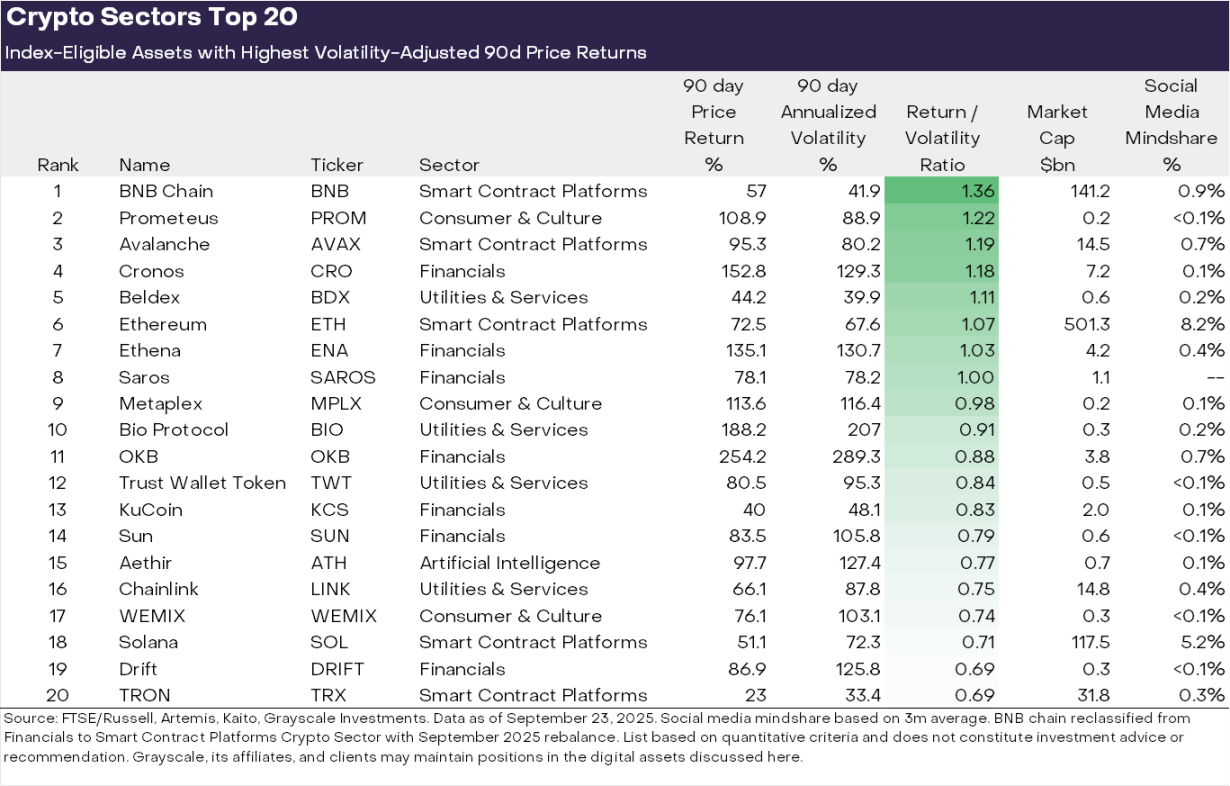
Chart 4: Top Performing Assets in Cryptocurrency Sectors Based on Risk-Adjusted Returns
We believe there are three major themes driving market performance:
The Rise of Digital Asset Treasuries (DAT): The number of digital asset treasuries (DAT) significantly increased last quarter, as these publicly listed companies incorporated crypto assets into their balance sheets, providing stock investors with exposure to crypto assets. Several tokens in the top 20 list this quarter (including ETH, SOL, BNB, ENA, CRO) may benefit from the launch of new DATs.
Accelerated Rollout of Stablecoin Applications: Stablecoin-related legislation and application rollout was another core theme last quarter. On July 18, President Trump signed the "GENIUS Act," establishing a comprehensive regulatory framework for the U.S. stablecoin market. Following the passage of the act, the rollout of stablecoin applications accelerated significantly, with circulating supply increasing by 16%, surpassing $290 billion (see Chart 5). The direct beneficiaries are the smart contract platforms that facilitate stablecoin transactions, including ETH, TRX, and AVAX, with AVAX experiencing significant growth in stablecoin trading volume. The stablecoin issuer Ethena also achieved strong price returns, despite its issued USDe stablecoin not meeting the requirements of the "GENIUS Act."

Chart 5: Growth in Stablecoin Supply This Quarter, with Significant Contributions from the Ethereum Ecosystem
Recovery in Exchange Trading Volume: The activity in the exchange sector is the third major theme. In August, centralized exchange trading volume reached a monthly high not seen since January (see Chart 6). This trend benefited several assets related to centralized exchanges, including BNB, CRO, OKB, and KCS, all of which made it to the top 20 list this quarter (some tokens are also related to smart contract platforms).
At the same time, the decentralized perpetual contract space continues to heat up. The leading perpetual contract exchange Hyperliquid significantly expanded its scale this quarter, with fee revenue ranking among the top three in crypto assets; the smaller competitor DRIFT successfully entered the top 20 list due to a surge in trading volume; another decentralized perpetual contract protocol, ASTER, launched in mid-September, and within a week, its market capitalization skyrocketed from $145 million to $3.4 billion.
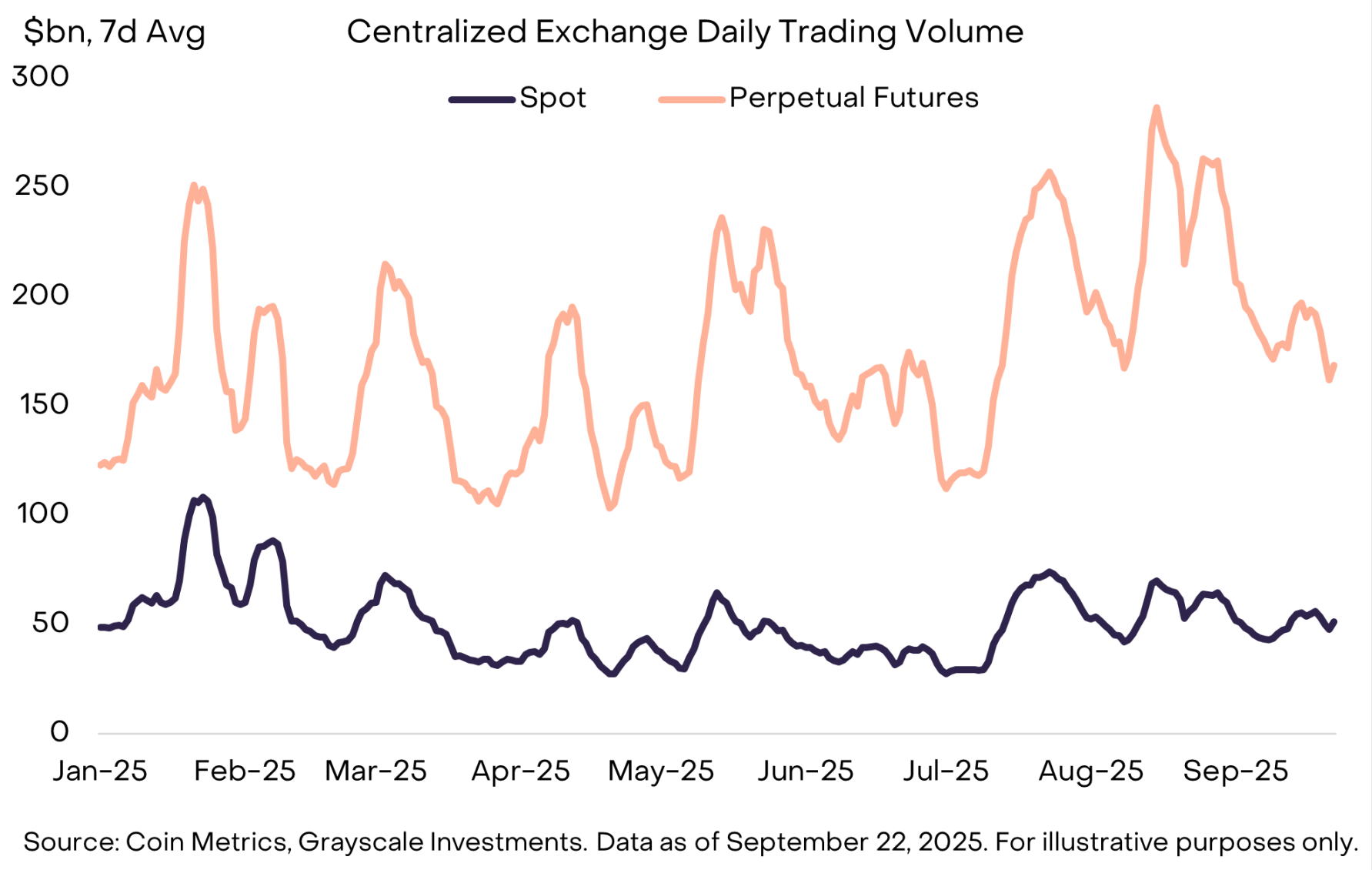
Chart 6: August Sees Centralized Exchange Perpetual Contract Trading Volume Reach Year-to-Date High
Fourth Quarter Outlook
In the fourth quarter, the drivers of returns in the cryptocurrency sector may differ from those in the third quarter, with key potential catalysts including:
First, relevant committees in the U.S. Senate have begun to advance legislation on the structure of the cryptocurrency market, following bipartisan support for related bills in the House of Representatives in July. This legislation is expected to provide a comprehensive regulatory framework for financial services in the crypto industry, potentially promoting deeper integration between the crypto market and traditional financial services.
Second, the U.S. Securities and Exchange Commission (SEC) has approved general listing standards for exchange-traded products (ETPs). This move may open up more crypto assets to U.S. investors through ETP structures, further expanding market access.
Finally, the macroeconomic environment may continue to evolve. Last week, the Federal Reserve announced a 25 basis point rate cut and hinted at the possibility of two more rate cuts within the year. Crypto assets are expected to benefit from rate cuts, as lower rates reduce the opportunity cost of holding non-yielding assets and may enhance investor risk appetite. Meanwhile, a weak U.S. labor market, high stock market valuations, and geopolitical uncertainties will pose major downside risks for the crypto market in the fourth quarter.
免责声明:本文章仅代表作者个人观点,不代表本平台的立场和观点。本文章仅供信息分享,不构成对任何人的任何投资建议。用户与作者之间的任何争议,与本平台无关。如网页中刊载的文章或图片涉及侵权,请提供相关的权利证明和身份证明发送邮件到support@aicoin.com,本平台相关工作人员将会进行核查。




